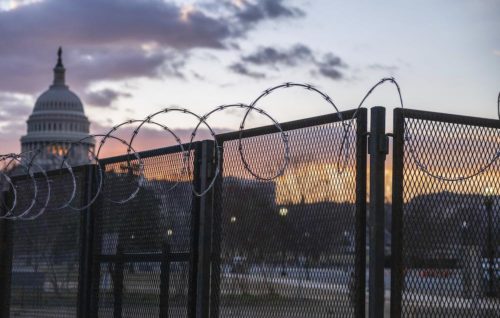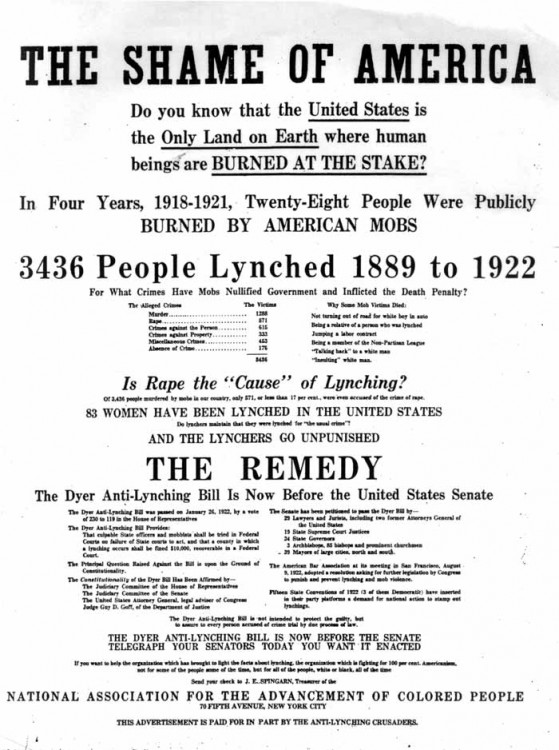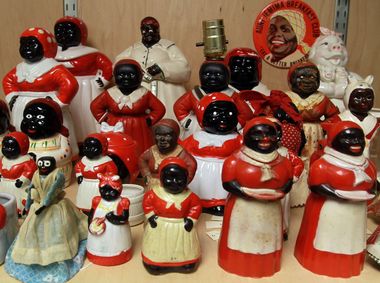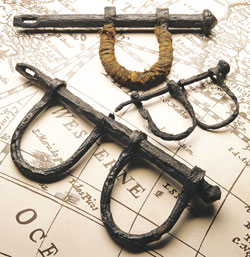Which Direction Now, White Folks?
Share
Explore Our Galleries
Breaking News!
Today's news and culture by Black and other reporters in the Black and mainstream media.
Ways to Support ABHM?
Anti-racism activist Tim Wise surveys America’s shredded racial canvas. A Prospect interview.
By, The American Prospect

JEREMY HOGAN/SIPA VIA AP IMAGES The U.S. Capitol at sunrise after the January 6 insurrection and the inauguration of President Biden, January 23, 2021
Coming six months after last summer’s George Floyd protests, the Capitol Riot was “utterly predictable,” according to anti-racism advocate and educator Tim Wise. The white Tennessean has spent a quarter-century studying how American racism pollutes our politics, criminal justice and policing, health care, immigration, and everyday interactions. His latest collection of essays, Dispatches From the Race War, offers unflinching assessments of the culpability of white Americans for these crises and relentless indignities. “Since June 2020,” he writes, “we have been in the midst of a full-scale rebellion, or what some have called a soft civil war.”
The American Prospect spoke to Wise about where he sees the country headed after the attack on the Capitol by white supremacists. This conversation has been edited and condensed for clarity.
Gabrielle Gurley: 2020 was even more tumultuous than 1968, but many Republicans are wedded to Trumpism despite the pandemic, summer protests, and the Capitol Riot. Why?
Tim Wise: You’re absolutely right, and I say that as someone who spent most of 1968 in my mother’s womb, and so I think I inherited the trauma. For some Republicans, there’s this pose of unity, can’t-we-all-get-along self-preservation, because they realized that they stoked the fires that burn, metaphorically, and, perhaps, literally on the sixth. Some of them have to make the calls for unity because they worry about their future if they remain tied to the craziness. Others like Marjorie Taylor Greene embrace the craziness; some of them are just that far gone.
Others are intensely political animals like Josh Hawley, Ted Cruz, and Lindsey Graham, who want to distance themselves from the lunacy of January 6, but not on principle, just for preservation. They’re sticking to the script, trying to govern as the minority, at least from a position as responsible stewards of good government, but their side just tried to overthrow the government. To me, it’s a very hard sell.
Gurley: How do you assess the response of white America to all of this?
Wise: It was heartening to see so many white folks getting to see what Black and brown folk have been trying to get us to see for a long time. Part of what allowed a lot of white folks to have their eyes open in this moment, where Eric Garner or Tamir Rice didn’t, was the pandemic moment. If they’d been going about the hustle and bustle of their daily lives, they could have just hit the snooze button like they have been for generations.
What we see now was utterly predictable. It’s what Carol Anderson at Emory University talks about in her book, White Rage…
Read the full article here
Learn more about White rage here and here
More Breaking News here









Comments Are Welcome
Note: We moderate submissions in order to create a space for meaningful dialogue, a space where museum visitors – adults and youth –– can exchange informed, thoughtful, and relevant comments that add value to our exhibits.
Racial slurs, personal attacks, obscenity, profanity, and SHOUTING do not meet the above standard. Such comments are posted in the exhibit Hateful Speech. Commercial promotions, impersonations, and incoherent comments likewise fail to meet our goals, so will not be posted. Submissions longer than 120 words will be shortened.
See our full Comments Policy here.